Description
This Fast Growing Tree Gives the Sweetest Treats
Lychee Nut trees (Litchi chinensis) are tropical evergreens known for their delicious, sweet fruit. Originating from China, these trees have been cultivated for over 2000 years and are now grown in warm climates worldwide. Several varieties are available, like ‘Brewster’, ‘Mauritius’, and ‘Haak Yip’. Each variety has slightly different fruiting times and flavors.
Lychee trees thrive in tropical and subtropical environments. They require a distinct dry and cool period for fruiting, followed by a warm, humid growing season. Lychee trees can grow 30-100 feet tall in the wild, but when cultivated, they’re usually kept at 10-20 feet.
Caring for your Lychee Nut Tree
Caring for Lychee Nut trees requires attention to detail, especially regarding their watering, fertilizing, and pruning needs. With the right conditions and care, these trees can be a long-lasting, fruitful addition to your garden. Remember, patience is key – it can take several years for a lychee tree to bear fruit, but the wait is definitely worth it for the delicious harvest you’ll enjoy!
Light
Choose a location that receives full sunlight for at least six hours daily. Lychee trees thrive in tropical and subtropical environments. They require a distinct dry and cool period for fruiting, followed by a warm, humid growing season.
Water
Lychee trees require consistent moisture, especially during the growing season. Avoid waterlogging, as it can lead to root rot. Mature trees are somewhat drought-tolerant but bear more fruit with adequate watering.
Soil
Plant in well-draining soil with a slightly acidic to neutral pH. Apply organic mulch around the base to retain moisture and suppress weeds.
Fertilizing
Use a balanced, slow-release fertilizer with equal parts nitrogen, phosphorus, and potassium. Fertilize every two months during the growing season and reduce in winter.
Pruning
Prune in late winter or early spring before new growth begins. Remove dead or diseased branches, thin out crowded areas, and shape the tree. This promotes better airflow and light penetration, essential for fruit production.
Pests and Diseases
Watch out for aphids, mites, and borers. Use appropriate insecticides or natural predators like ladybugs. Fungal diseases can be a problem. Prevent them by ensuring good air circulation and avoiding overhead watering.

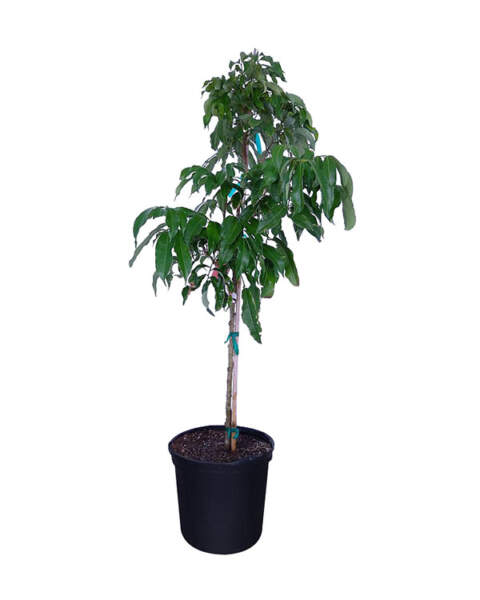
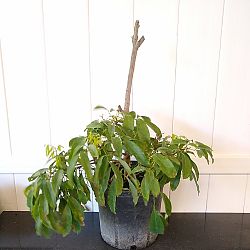
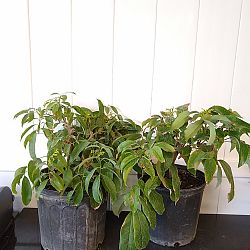
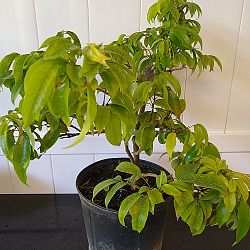


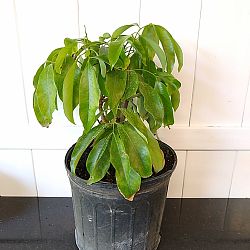

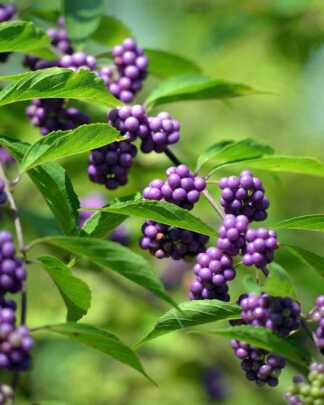





Guest –
Lychee Nut Tree